控制塔BI数据集成方案
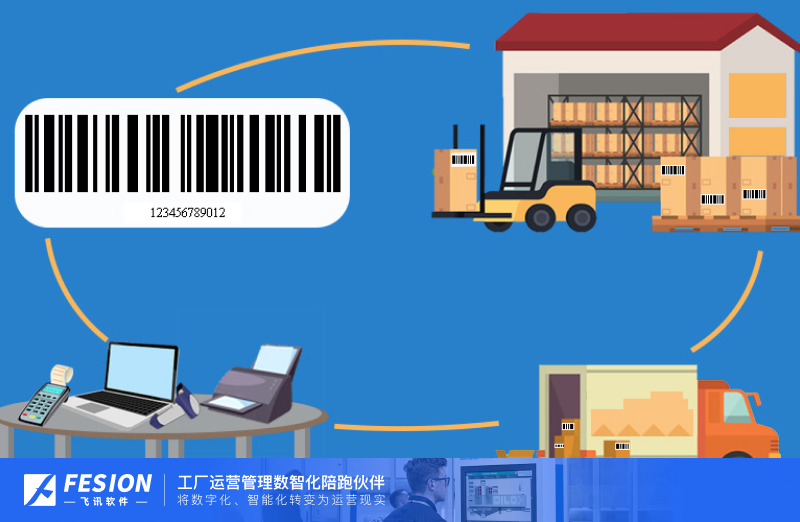
Title: An Integrated Solution for BI Data Integration in Control Towers
Introduction:
In today's dynamic business environment, control towers play a crucial role in managing and optimizing supply chain operations. To make informed decisions, control tower operators heavily rely on Business Intelligence (BI) tools that provide real-time insights into various aspects of the supply chain. However, the effectiveness of these tools largely depends on the quality and integration of the underlying data. This article discusses a comprehensive solution for BI data integration in control towers, taking into account multiple perspectives.
I. The Importance of Data Integration in Control Towers:
Control towers serve as centralized command centers, bringing together data from diverse sources such as ERP systems, transportation management systems, warehouse management systems, IoT devices, and external partners. Effective data integration enables control towers to consolidate, cleanse, and harmonize data, which is essential for accurate and actionable insights. It eliminates data silos, improves data integrity, and enables holistic decision-making.
II. Data Integration Approaches:
1. Extract, Transform, Load (ETL):
One of the traditional methods used for data integration is ETL, which involves extracting data from different sources, transforming it into a consistent format, and loading it into a target system or data warehouse. ETL provides a systematic approach to integrate structured data but might encounter challenges with real-time data updates and scalability.
2. Change Data Capture (CDC):
CDC captures and synchronizes individual data changes from source systems to the target system in near-real-time. By tracking modifications made to the source data, CDC ensures that the target system remains up-to-date without requiring full data extraction. CDC is particularly useful for capturing continuous streams of data and maintaining data currency.
3. Data Virtualization:
Data virtualization integrates data from various sources in real-time without physically moving or storing it in a separate repository. It provides a virtual layer that aggregates and presents the data to BI tools seamlessly. This approach reduces the complexity of data integration, improves agility, and enhances the overall performance.
III. Key Considerations for BI Data Integration in Control Towers:
1. Data Governance: Establishing robust data governance practices ensures data accuracy, consistency, and security across the control tower ecosystem. Implementing data quality controls, defining data standards, and enforcing data access policies are vital for effective BI integration.
2. Scalability: Control towers handle vast amounts of data from multiple sources, making scalability a critical requirement. The chosen integration solution should be capable of handling increasing data volumes without compromising performance or data quality.
3. Real-time Updates: Control towers require real-time data to make timely decisions. The integration solution should provide mechanisms to capture and process data streams in near real-time, enabling control tower operators to have up-to-date insights.
4. Flexibility: As control towers evolve, they may need to integrate new data sources or modify existing integrations. The integration solution should be flexible and extensible, supporting seamless integration with new systems and technologies.
IV. Implementing the Integrated Solution:
1. Define Integration Requirements: Understand the specific integration needs and objectives of the control tower. Identify the data sources, frequency of updates, and types of analytics required.
2. Select Integration Tools: Choose appropriate tools and technologies that align with the integration requirements. Consider factors such as data volumes, latency requirements, and scalability.
3. Develop Data Models: Design and develop data models that facilitate data integration, ensuring data consistency and compatibility across different systems.
4. Test and Validate: Thoroughly test the integration solution to ensure accurate data transfer, reliable performance, and compliance with business rules.
5. Rollout and Monitor: Deploy the integrated solution and continuously monitor its performance to identify areas for improvement and address any challenges that arise.
Conclusion:
Achieving successful BI data integration in control towers is crucial for harnessing the power of data-driven decision-making. By adopting a comprehensive approach that includes robust data governance, appropriate integration methods, scalability, real-time updates, and flexibility, control towers can ensure the availability of accurate and timely insights. This integrated solution empowers control tower operators to make informed decisions and drive supply chain optimization in a rapidly changing business landscape.
��Ѷ���������2006�꣬ӵ�������з����뿪��ƽ̨����һ�Ҽ���Ӫ�������졢�ɹ���ȫ��·���ǻ��������Ʒ����̺ͷ����̡���Ʒ�������ֻ����䡢����������������������˾��MRO��ERP��MES��WMS��CRM��SRM�Ȳ�ƷΪ������Ϊ�ͻ��ṩ���ǻ��������巽���滮��������ܷ�����Χ���������Ǻͳ����ǵ����������ڰ����ͻ������к�ʵ�ʳ������ɴ��С��ɴ��µ����ֻ���Ӫ��ϵ�������������Ϣ�����������ֻ��;������ܻ��������⣬Ϊ��ͬ��ҵ����ͬ��ʵ�ֲ�ͬ�ľ�ӪĿ�ꡣ


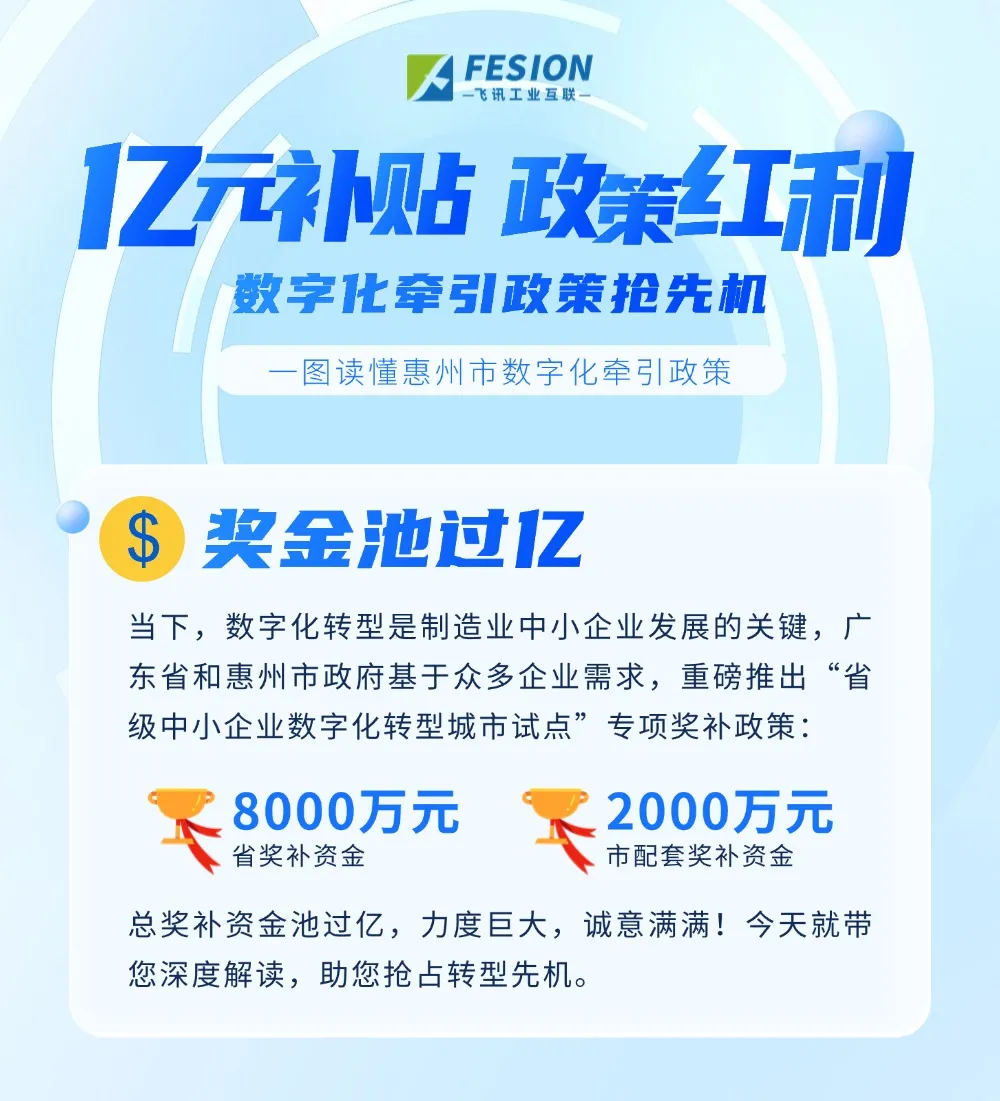







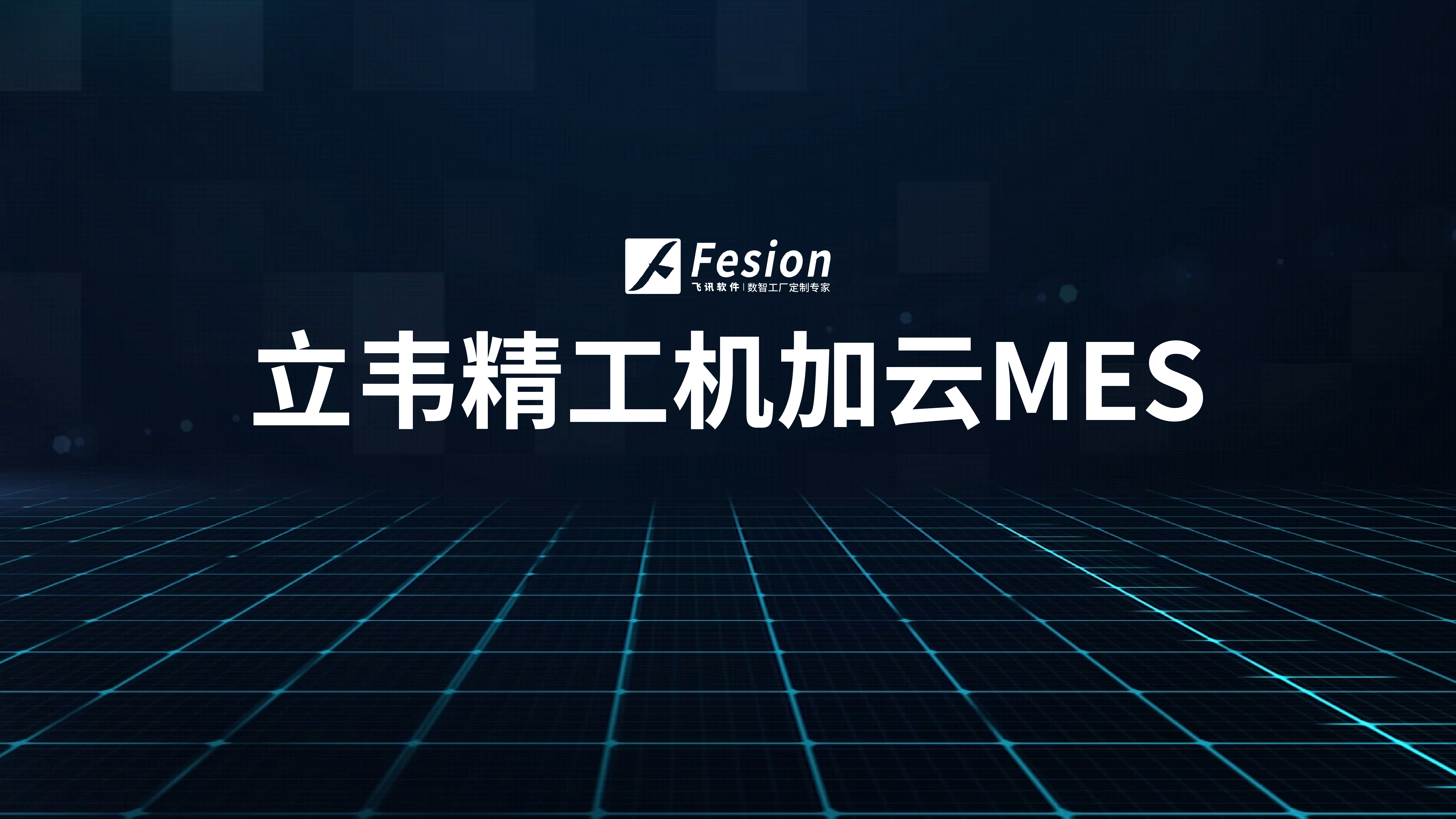
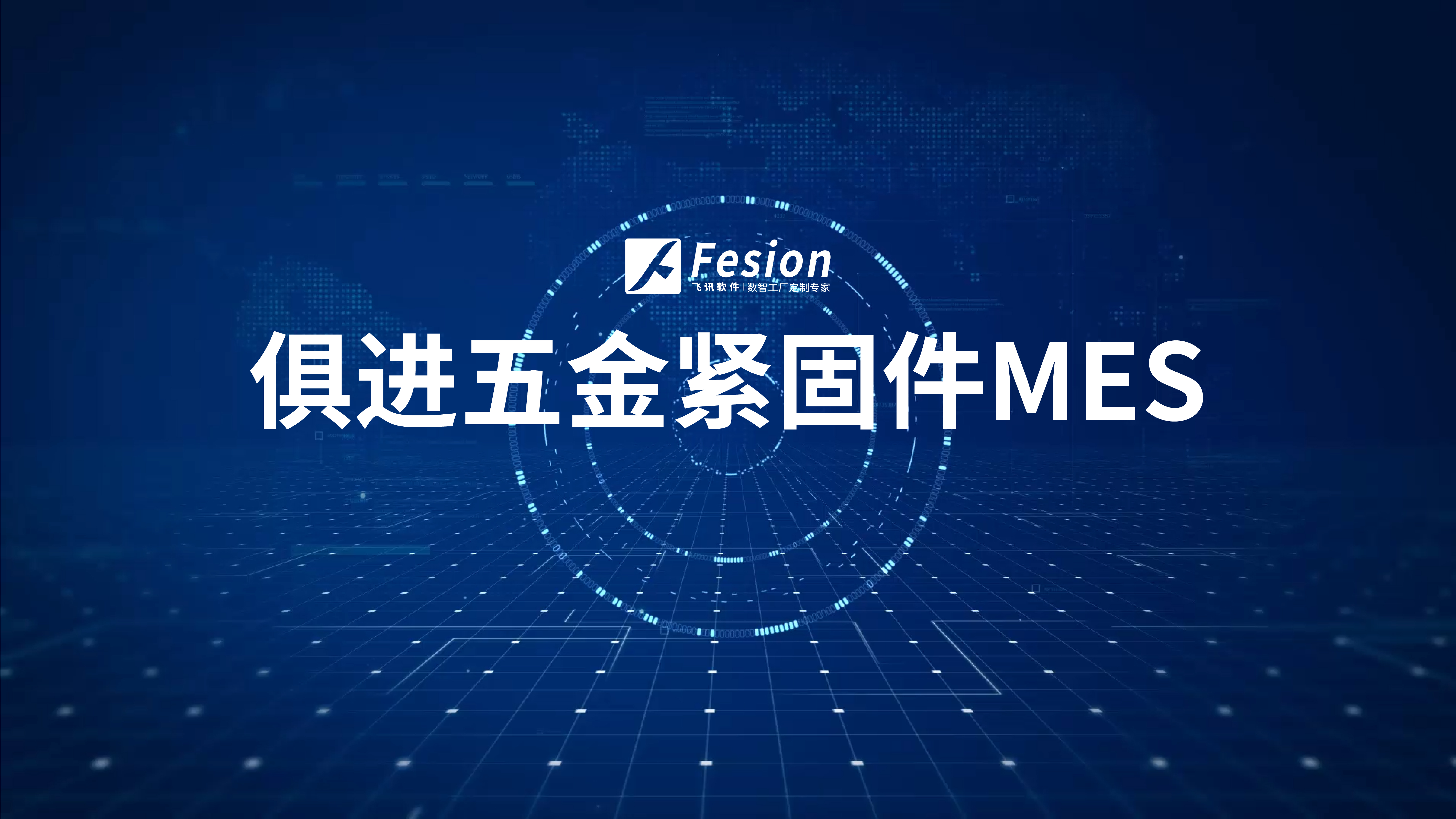
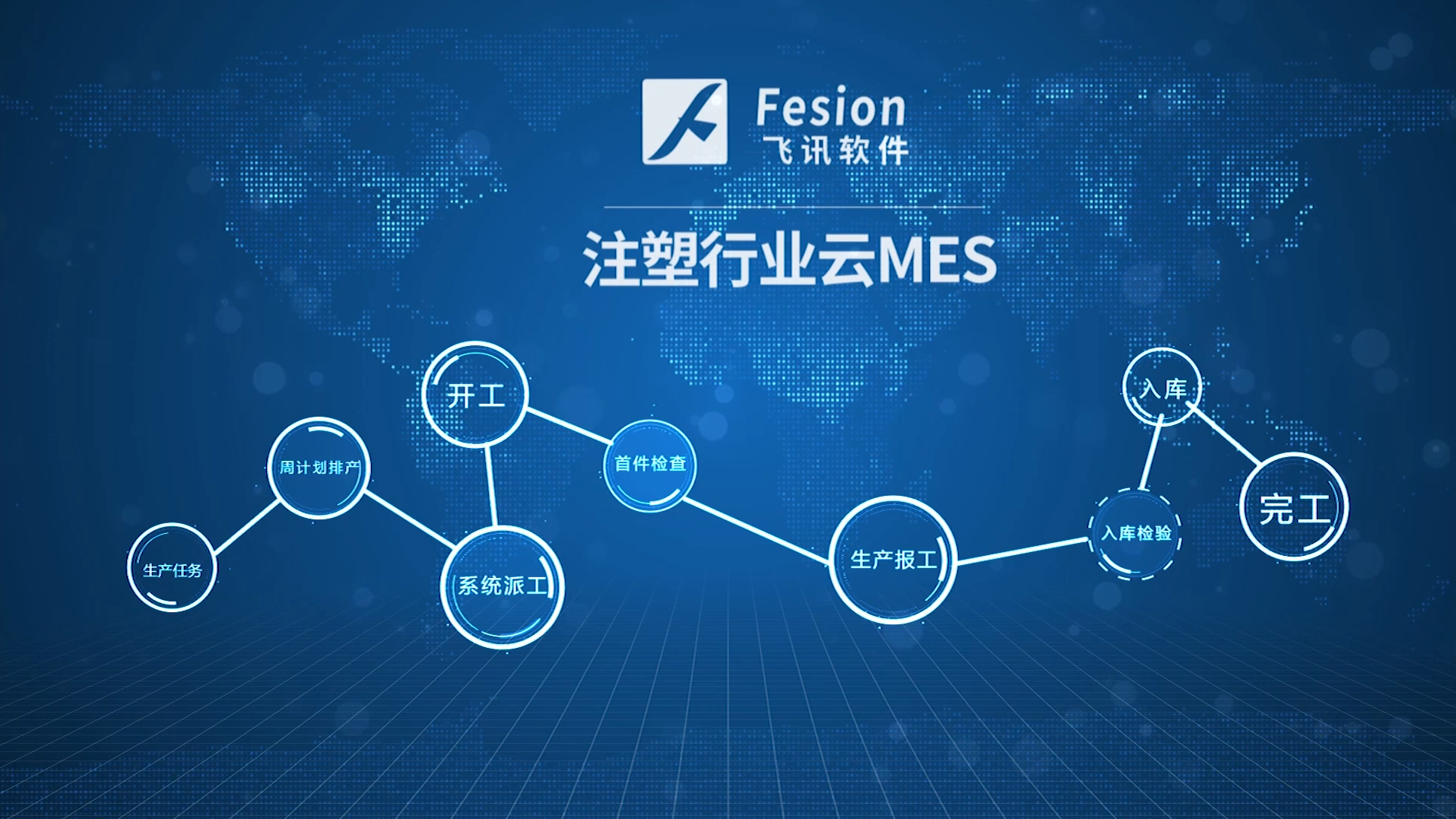










请先 登录后发表评论 ~